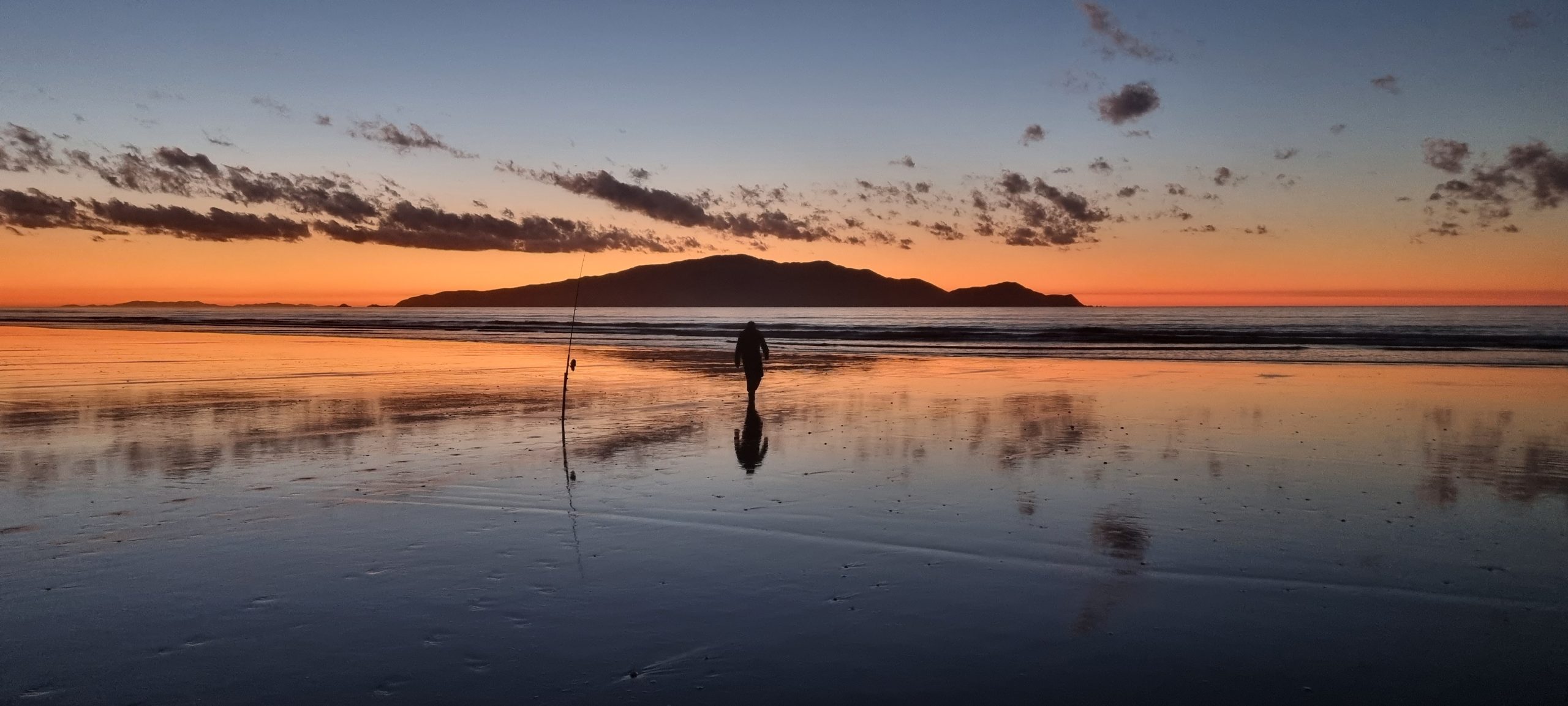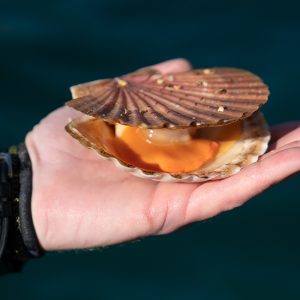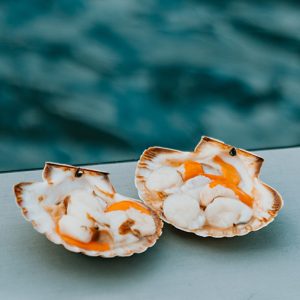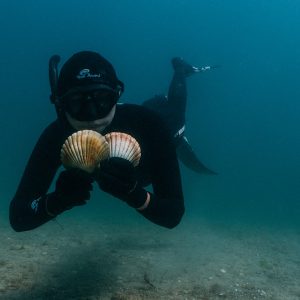It’s been two years since the last remaining scallop beds in the Hauraki Gulf were placed under emergency closure. While it may feel like a lifetime since we’ve had fresh, local scallops on our dinner plates, it still may not be enough time for our scallops to regenerate. So anyone anticipating a meal of plump scallops will have to wait a while longer.
There have been no formal surveys to estimate the numbers of scallops in the waters off the northeast coast of the North Island since the entire fishery was closed in March 2023. And we aren’t holding our breath for the Minister to reopen the scallop beds to harvesting any time soon.
It may seem simple – no harvesting means more scallops in the water. However, decades of destructive dredging and overharvest has left the scallop beds bare, impacting their ability to efficiently reproduce and rebuild.
But how did we end up in this mess?
The Coromandel scallop fishery extends from Cape Rodney in the north to Papamoa Beach in the Bay of Plenty. In 2011 commercial fishers discovered a mother bed of scallops in the Hauraki Gulf. After much behind-doors lobbying, the Minister for Primary Industries granted a one-off increase to the existing limit of 22 tonnes, and in 2012, the commercial catch limit increased to a whooping 325 tonnes.
Both officials and commercial fishers were interested in a more permanent arrangement, so in 2013 the Minister increased the Total Allowable Commercial Catch (TACC) from the baseline 22 tonnes, to 100 tonnes, where it remained until 2016.
The scallop beds never recovered from this onslaught, and annual catches eventually dwindled to 27 tonnes by 2016.
It was a race to the bottom. The public were outraged.
MPI doggedly dismissed the communities’ concerns that overharvest and the ongoing use of Victorian Box Dredges were destroying the scallop habitat.
Ngāti Hei heard the Coromandel community’s concerns and in 2020 they worked alongside the Opito Bay Ratepayers Association, LegaSea, and others to lay a rāhui on collecting scallops.
In March 2023 the Minister closed the entire Coromandel scallop fishery under the Fisheries Act. The last scallop bed open to commercial and recreational fishing was shut. Indefinitely.
Scallops have the odds against them when it comes to their reproductive abilities. They are known as broadcast spawners, they spit out millions of potential juvenile scallops (spat) into the water column.
To be successful, this strategy requires large densities of scallops nearby to fertilise the spat. With the scallop population depleted to such a low level it may take some time for new scallops to establish.
There’s anecdotal evidence that scallops are returning. However, we won’t accept any reopening of the scallop beds until new abundance surveys are completed.
We must learn the lessons. Scallop populations are notoriously fickle so it’s important that future ministers set conservative catch limits and outlaw the use of destructive dredges.
If you are concerned about what the scallop closure means and want to know more, feel free to chat with us at the Hutchwilco Boat Show from the 16th to 19th of May at stand 650, opposite the Shimano Masterclass stage. We look forward to seeing you there.
First published in The Adventurer in April 2024





